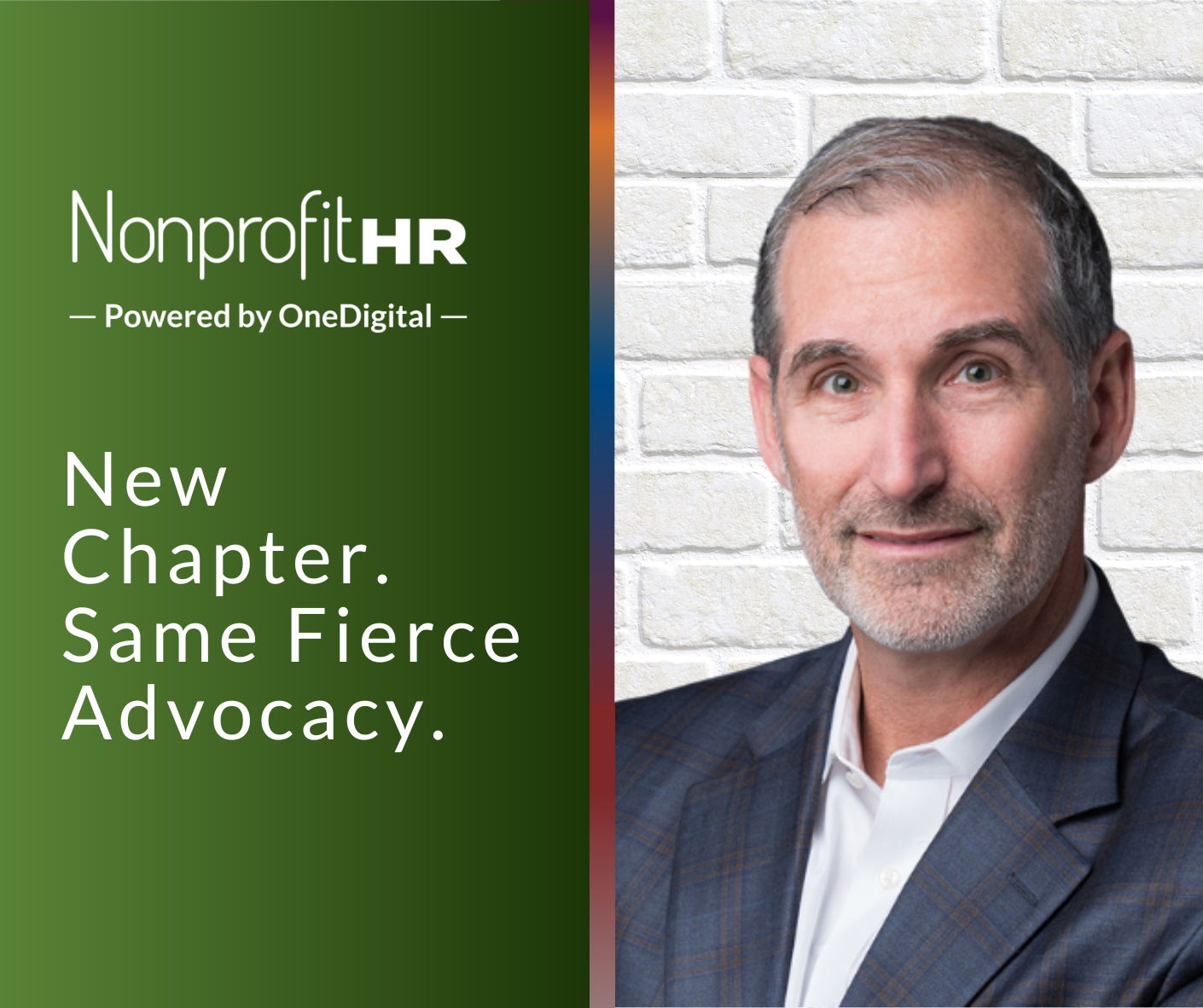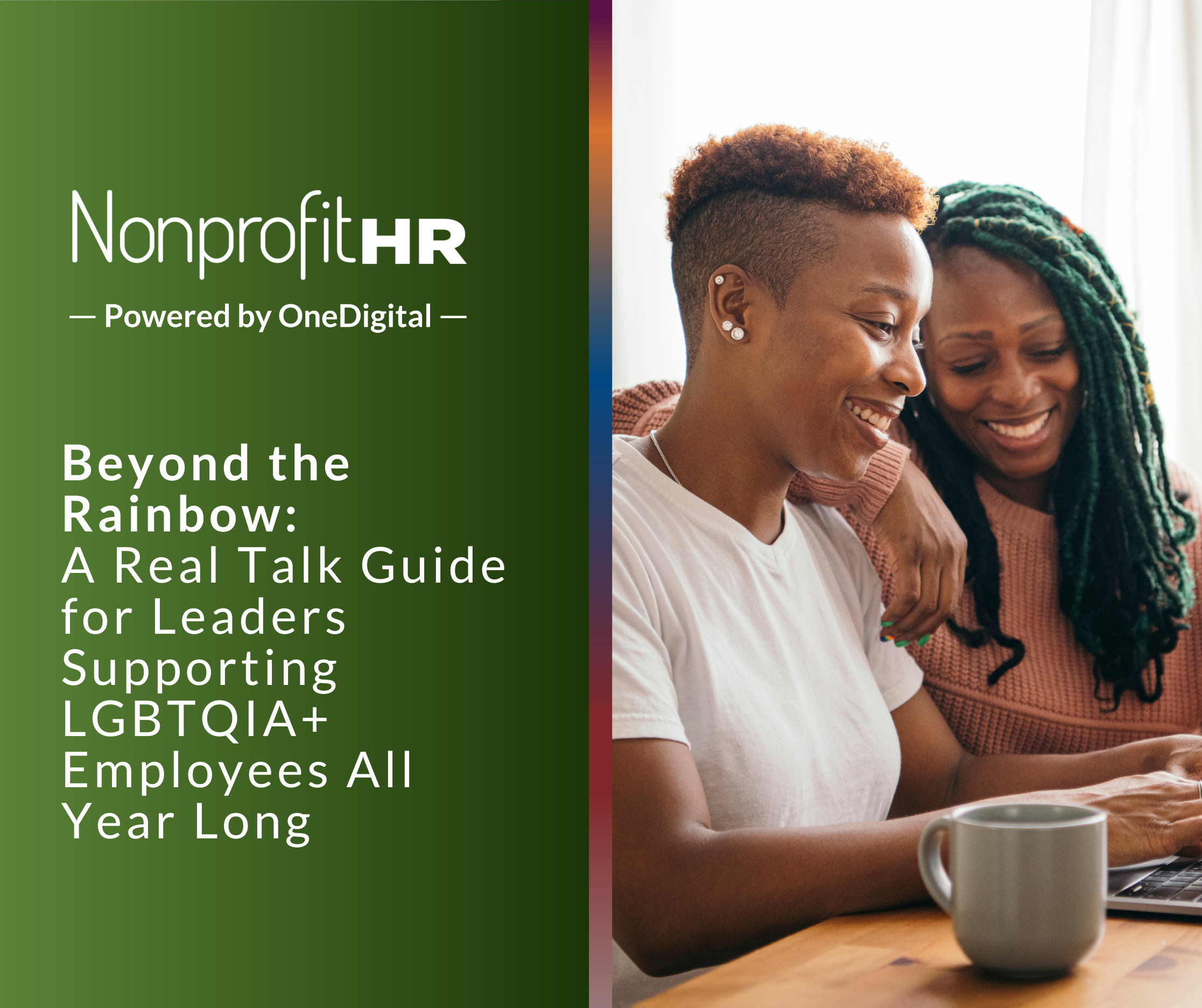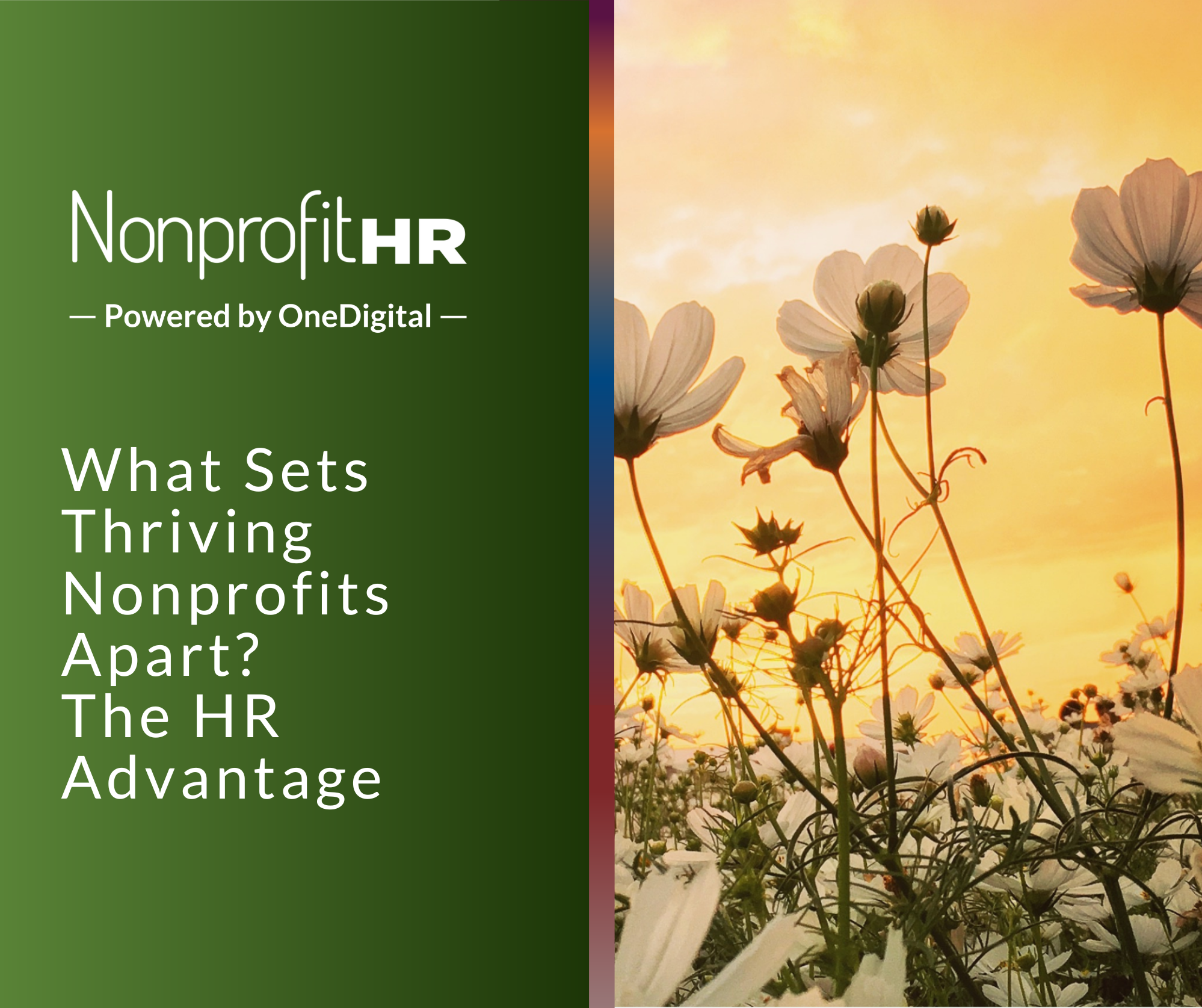WTOP: 5 ways nonprofits can…
CFO magazine has just published a series of articles about purchasing or upgrading HR technology. It looks to be a great series with a lot of in depth information. Here is some of what they found.
Upgrading Your HR Systems
There is a right way and a wrong way to pull the trigger on an HR technology purchase. The right way is to be familiar with your company’s strategic plan, appraise the gap between your existing technological capabilities and what the plan says you need, and begin to replace or add the necessary components in a systematic, prioritized, bang-for-the-buck way.
The wrong, but far more common, way is responding to a pain point. “That never gets you to the right place,” says Naomi Bloom, a 40-year veteran of the HR technology arena who runs consulting firm Bloom & Wallace. “When you hear, ‘We’re running version 7 of this system, and our maintenance contract expired, and we can’t do anything with mobile devices, and so we have got to buy this new system,’ you have to respond with your broad, strategic plan.”
What Kind of HR Automation Do You Need?
First, come to terms with the fact that there is no perfect solution. No software firm can or will provide all the tools any company would want, with all the capabilities being the best on the market, and all tightly integrated down to the core design level. Even if creating such a system were feasible, it would likely be prohibitively expensive even for very large enterprises. So there will always be tradeoffs.
Second, take heart in the probability that there is a solution that does make sense for your company. “I just talked to a guy who’s got a new product coming out targeted at companies with fewer than 100 employees,” says Naomi Bloom, a consultant and 40-year veteran in the HR technology space. “There’s no way that would be appropriate for large, complex companies.”
Making a Mess When Purchasing
The cardinal sin in buying technology is getting overly excited upon viewing flashy product demos. CFOs are especially vulnerable to the trap when it comes to HR technology, owing to their relative lack of familiarity with it.
“It’s a very easy way to botch this,” says Jim Cook, CFO of Mozilla, maker of the web browser Firefox. “To think you could get a sales call, see a demo and say ‘Oh, this looks cool, it would be great to do it this way,’ and then just write the check and the system works fine – that’s a big fallacy.”
Steve Armond was burned in just that way. “In hindsight, we didn’t test [an HR technology] tool nearly as well as we should have before deploying it,” says the CFO of T-System, a $100 million provider of emergency-medicine management solutions.
HR Tech Vendors: Who’s Out There?
CFO magazine reviewed the top players in the field. Many of these may not fit the nonprofit world. Nonprofit HR has it’s own list of HR tech companies that are better suited for the size and scope of nonprofits. Contact us and we’ll be happy to assist your buying decision in any way.





























